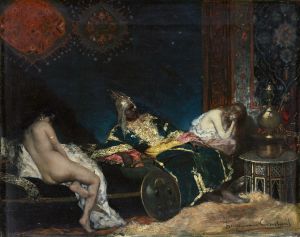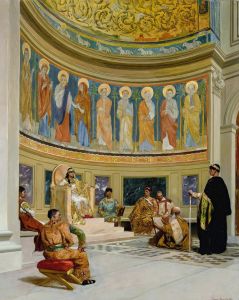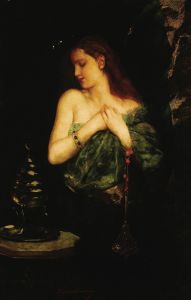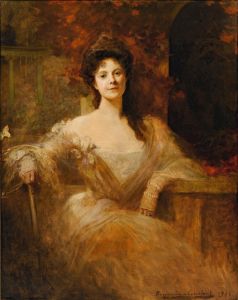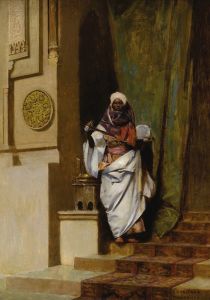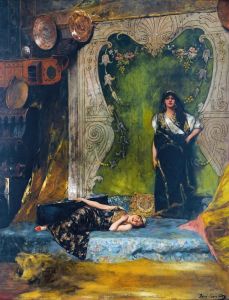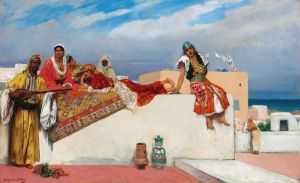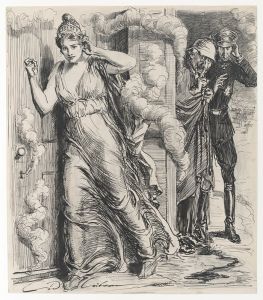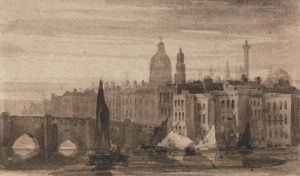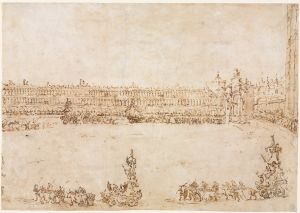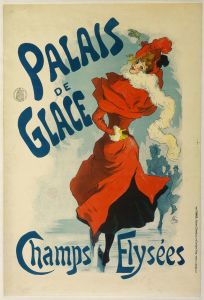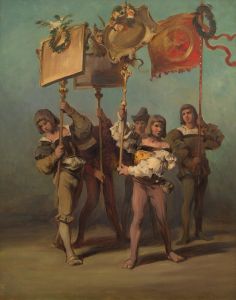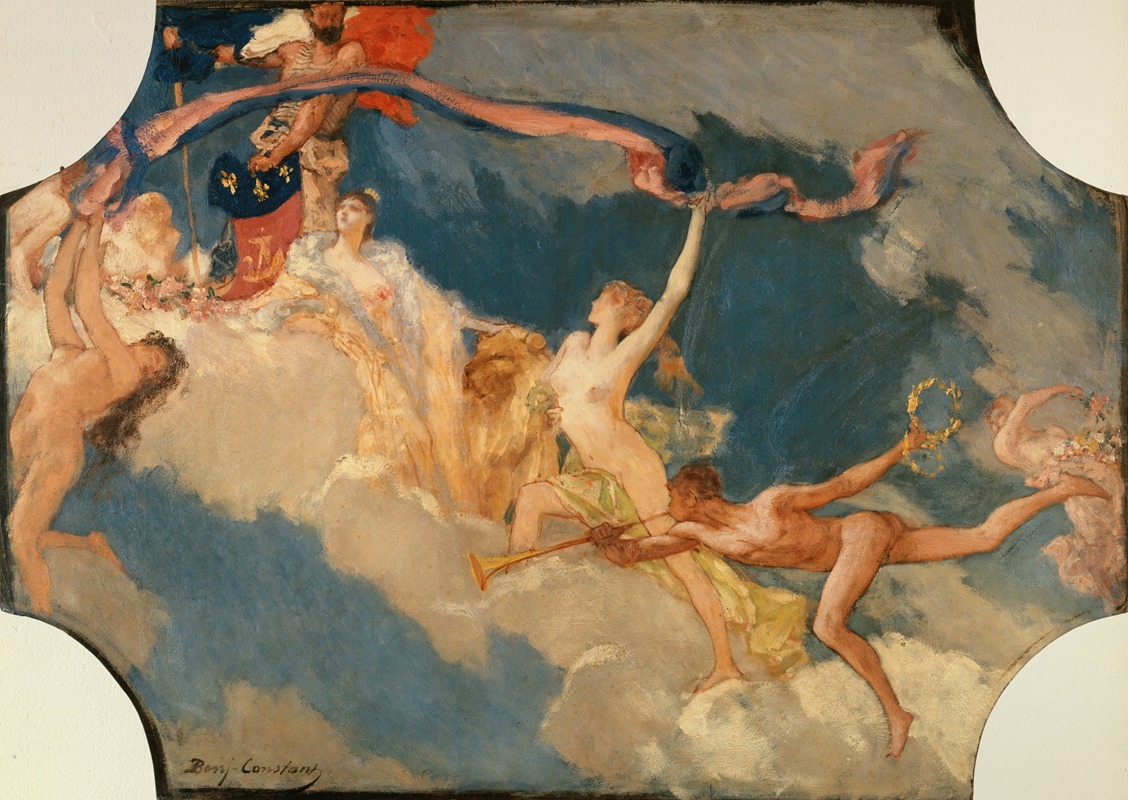
La Ville de Paris conviant le monde à ses fêtes
A hand-painted replica of Jean-Joseph-Benjamin Constant’s masterpiece La Ville de Paris conviant le monde à ses fêtes, meticulously crafted by professional artists to capture the true essence of the original. Each piece is created with museum-quality canvas and rare mineral pigments, carefully painted by experienced artists with delicate brushstrokes and rich, layered colors to perfectly recreate the texture of the original artwork. Unlike machine-printed reproductions, this hand-painted version brings the painting to life, infused with the artist’s emotions and skill in every stroke. Whether for personal collection or home decoration, it instantly elevates the artistic atmosphere of any space.
Jean-Joseph-Benjamin Constant's painting "La Ville de Paris conviant le monde à ses fêtes" is a notable work by the French artist, who was renowned for his Orientalist and historical subjects. Born in 1845 in Paris, Constant became a prominent figure in the art world during the late 19th and early 20th centuries. His works often reflect a fascination with exotic themes and grand historical narratives, which were popular among European artists of his time.
"La Ville de Paris conviant le monde à ses fêtes," which translates to "The City of Paris Invites the World to Its Festivities," is a large-scale painting that captures the spirit of Paris as a cultural and social hub. The painting was commissioned for the Hôtel de Ville in Paris, a building that serves as the city's town hall and is a symbol of its civic pride. This work was part of a broader effort to decorate the Hôtel de Ville with artworks that celebrated the history and grandeur of Paris.
The painting depicts an allegorical scene where Paris is personified as a gracious host, inviting people from all over the world to partake in its celebrations. This theme aligns with the late 19th-century perception of Paris as a cosmopolitan center of art, culture, and innovation. The city was known for its world fairs, such as the Exposition Universelle of 1889, which showcased advancements in technology and the arts, drawing international visitors.
Constant's work is characterized by its vibrant use of color and dynamic composition, elements that are evident in "La Ville de Paris conviant le monde à ses fêtes." The painting likely features a variety of figures dressed in diverse costumes, symbolizing the global audience that Paris attracted. This diversity would have been a visual representation of the city's inclusivity and its role as a meeting place for different cultures.
The painting is also a testament to the artistic trends of the period, particularly the influence of Orientalism, which is evident in Constant's broader body of work. Orientalism in art refers to the depiction of Eastern cultures through a Western lens, often romanticizing and exoticizing them. While "La Ville de Paris conviant le monde à ses fêtes" focuses on Paris, the artist's style and thematic interests may reflect these broader artistic movements.
Jean-Joseph-Benjamin Constant was a member of the Académie des Beaux-Arts and received numerous accolades throughout his career. His contributions to the art world were significant during a time when France was at the forefront of artistic innovation. Constant's works, including "La Ville de Paris conviant le monde à ses fêtes," continue to be appreciated for their historical and cultural significance.
The painting remains an important piece of Parisian heritage, reflecting the city's identity and its historical role as a beacon of culture and celebration. Through this work, Constant not only celebrated Paris but also contributed to the visual narrative that defines the city's legacy in the arts.





